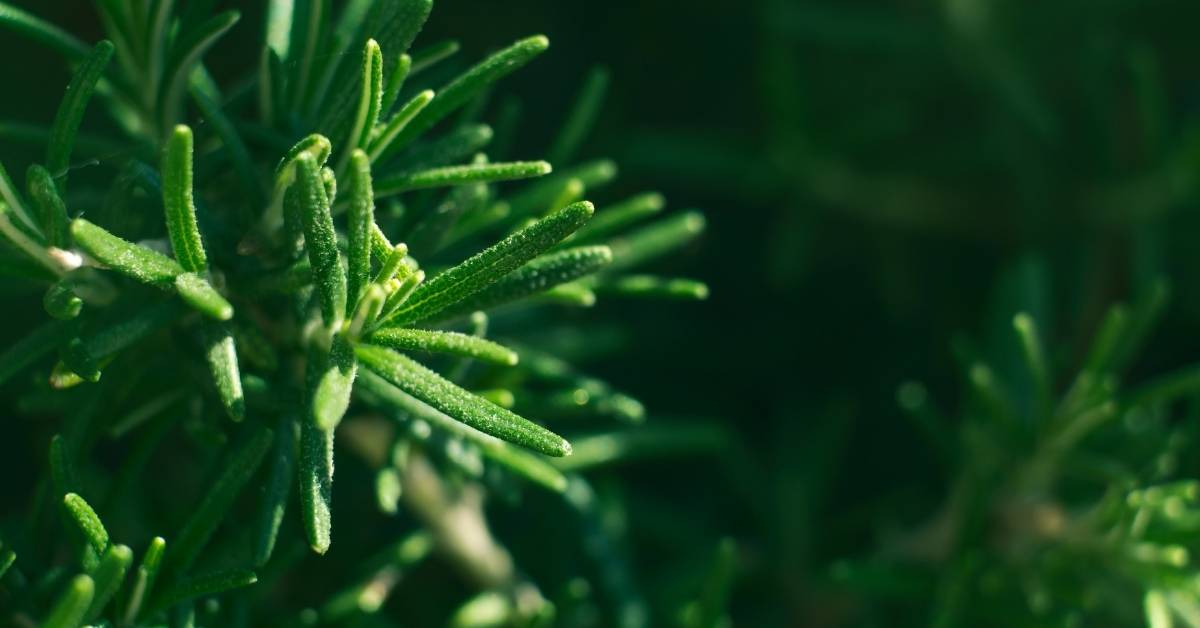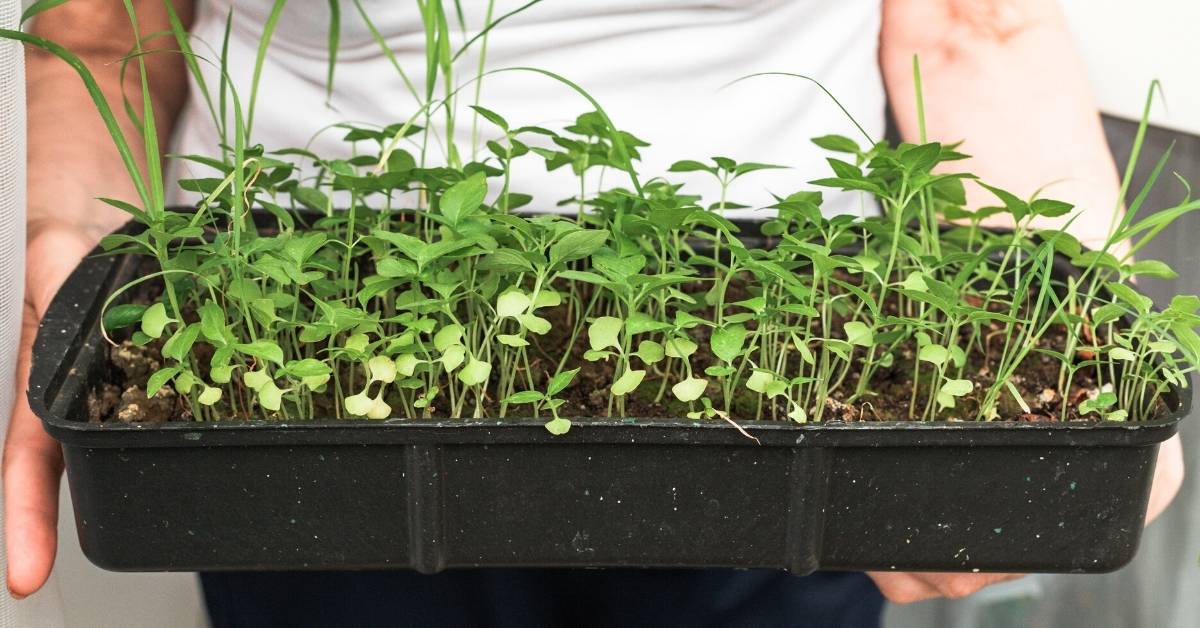It’s no secret that herbs have been cultivated indoors as much as they have been grown outside for ages. In colder climates, growing herbs indoors was a necessity. Fresh herbs were frequently required in recipes.
An indoor herb garden is now a popular feature of many kitchens. Keep reading for the best guide on how to grow an indoor herb garden.
There are so many herbs to choose from for indoor herb gardens. Try to make the indoor herb garden diverse and provide the most often used herbs. Study the types of herbs before planting. There are several basil, parsley, and thyme species.
How To Grow an Indoor Herb Garden?
Consider growing an indoor rosemary tree. The fragrance of indoor herbs is better than commercial aerosol room sprays. Grandmother grew herbs on her kitchen windowsills. Some individuals recall a lavender-scented bathroom and a pretty lavender plant on the window in that room. Lavender is a member of the herb family.

Which Herbs to Grow Indoor?
With so many herbs to choose from, novice indoor gardeners may want to grow those that are easiest to care for. Parsley, sage, lemongrass, and basil are among the easiest herbs to grow. These are leafy plants that need sun and occasional watering.
To plant these herbs, begin with a slim, rectangular planting tray that will fit the width of the windowsill. Fill the tray with potting soil. These herbs don’t need to be sowed deeply in the soil.
One tip to get the seeds to propagate quickly is to moisten a length of paper towel and place the seeds on the moistened towel. Cover with plastic wrap and allow to “rest” overnight. The next day, the seeds will be moist enough to place atop the potting soil.
Re-use the plastic wrap to cover the seed tray loosely so air is allowed to enter. Place on the windowsill. In approximately eight to ten days, seeds will sprout.
Snip freshly grown indoor herbs about a one-half inch about the base of the plant to enjoy second and third crops.
Herb “Trees”
Rosemary is a member of the evergreen family. Indoors, it can grow to four feet in height, depending on sunlight and watering. To grow rosemary from seed:
- Choose a fairly deep planting pot.
- Plant rosemary seeds in a half-inch of rich soil.
- Mist with water.
- Allow the seeds to germinate in a moderately sunny spot.
This can take as long as ten days.
In addition to thyme, sage, lemongrass, and oregano, try your hand at growing marjoram, chervil, mint, dill, and chamomile. Bay leaf is one of the more difficult herbs to grow. Leaves are derived from laurel trees. These plants need to be purchased online from a California nursery to start.
Bay leaf growers are usually up to the challenge. Like rosemary, these are planted in deep pots to allow the roots to spread.
Create Your Own Potpourri with Herbs
Potpourri is relatively simple to create from your indoor herb garden. Herb growers love to make their own sachets and potpourri mixtures using dried herbs they have grown indoors. Add a few dried rose hips, fragrant petals from marigolds, and violets to this mix for sachets for mint, sage, and lavender herb growers.
Cut the toe of nylon pantyhose one-half inch below the ankle. Add in the herb mixture and tie off at the open end. You’ll need two square swatches of colorful fabric, two inches by two inches.
Sew three sides with basting stitches and add the herb “sachet” to the opening. Sew the opening to a close. These can be used in closets or in clothing drawers to reduce odors. Place a mixture of herb potpourri in a glass vase and store wherever there’s a need for an air freshener.

Herb Wreaths from Your Indoor Herb Garden
It’s possible to have dried herbs, as well as fresh, from your indoor garden. Dried herbs can be fashioned with a little florist wire into wreaths that make incredible kitchen decorations. Use sprigs of thyme, rosemary, and bay leave as the base for the wreath. Add a few sprigs of dried parsley and blades of lemongrass.
Make holiday decorations from your herbs. For example, it’s simple to make a ball of thyme. Create a paper Mache ball. Allow hardening. Cut the foot of pantyhose to fit over the ball. Secure the end. Begin the thyme ball by wrapping long sprigs of fresh thyme around the ball until it’s fully covered. Add a bow and hang.
Know Your Herbs
It’s important to study the types of herbs you wish to plant before planting indoors. Not all herbs need full sun. Oregano is one of these. It needs partial sun and fairly damp, not watery soil. Mint and dill are typically hardy and can stand full sun without a problem.
When planting an indoor herb garden, take note of the amount of sunlight where each windowsill is located to ensure that the herbs get a specified amount of sun needed. Parsley almost surely will need a sunny spot. There are several varieties of parsley from which to choose—plant at least two types for a more diverse choice of flavors for recipes.

An Indoor Garden Habit
Like grandmothers before us who learned how to grow an indoor herb garden, the convenience of growing herbs this way becomes a habit cooks rely on. This is especially true for cooks in severe climates where outdoor herb gardens are prohibitive. Nothing is as flavorful as a bouquet garni of parsley, bay leaf, rosemary, and thyme.
Chervil is an herb that has a subtle yet pungent flavor. Coriander and cumin are used in cooking and baking recipes. Coriander is sometimes referred to as “cilantro.” Coriander, morel, and cumin are used in ethnic cuisines like Thai, Mexican and Asian Indian.
There’s a whole world of ethnic herbs that also do well in indoor gardens. Some of these are often blended to create a type of combined powdered herb. In addition, there are several types of herbs used for health purposes found at motherherbs.com.

